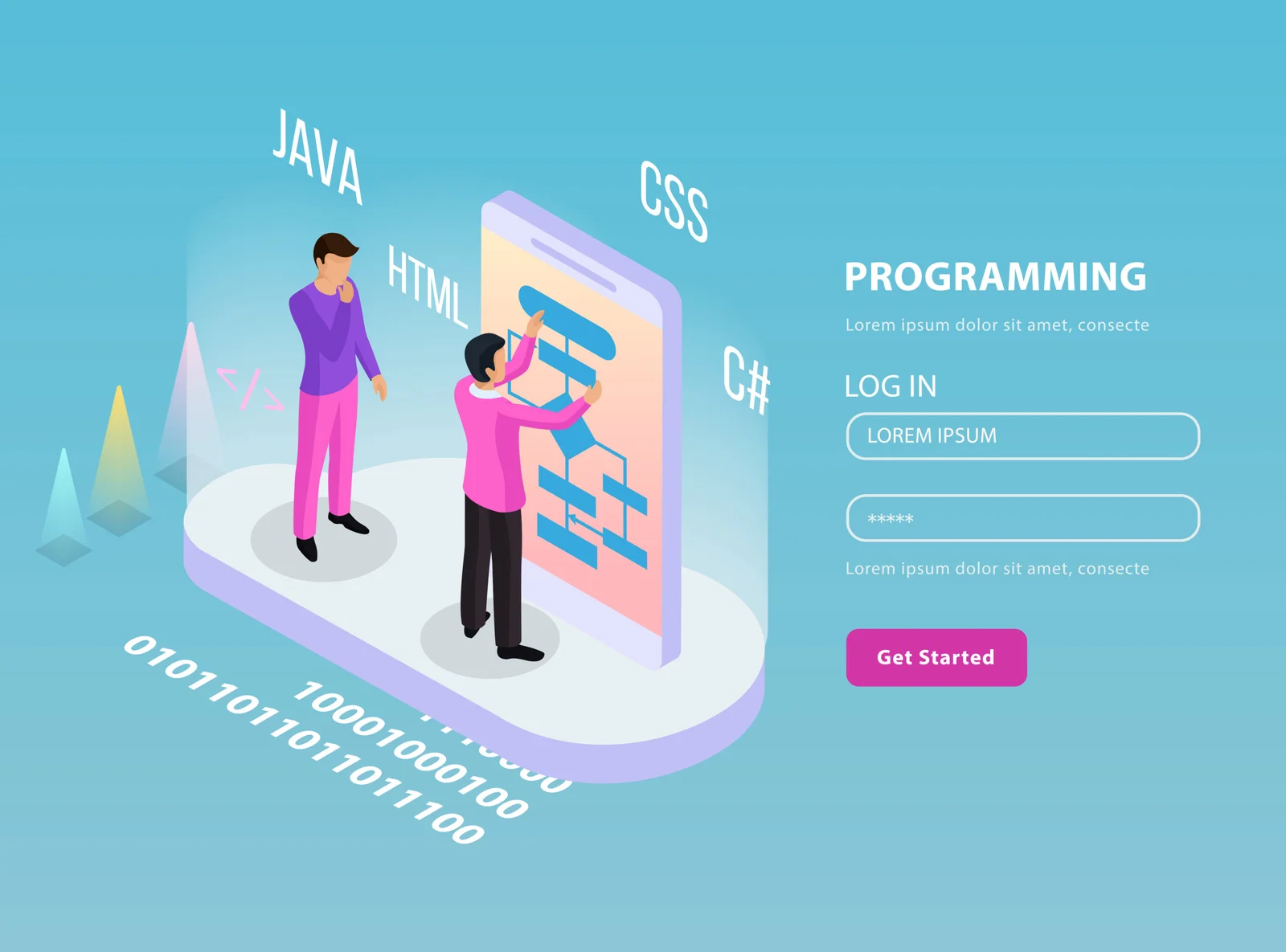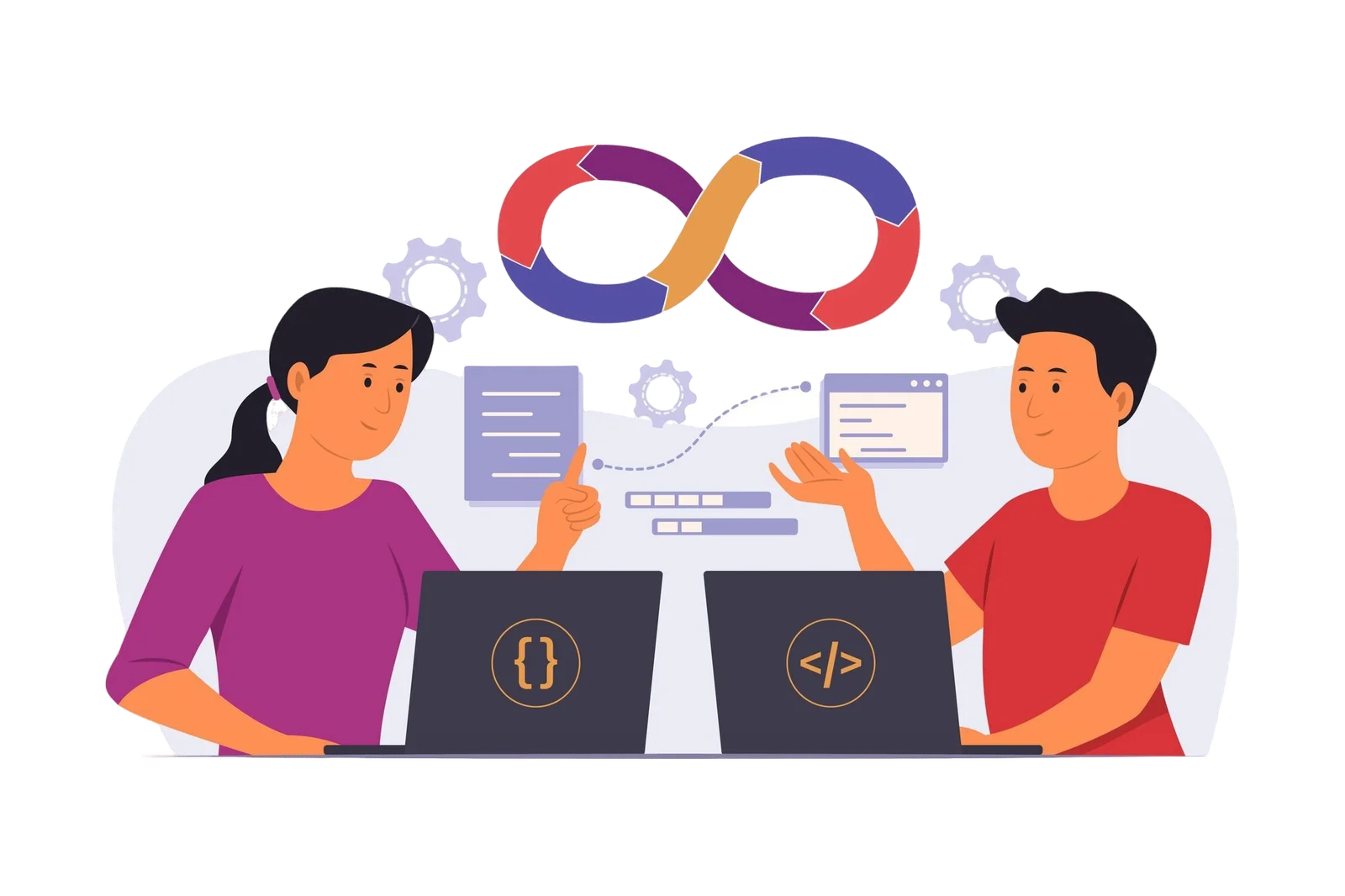

Native vs Cross-Platform Development: Which One Should You Learn?
Published: 2025-01-10 10:27:31
In the ever-evolving world of software development, the debate over Native vs Cross-Platform Development remains a pivotal decision for developers and businesses alike. As mobile applications dominate the digital space, aspiring and seasoned developers must grapple with the choice of whether to specialize in native development or embrace cross-platform tools. Each approach has its unique benefits, challenges, and ideal use cases. This article delves into the nuances of Native vs Cross-Platform Development, helping you decide which path aligns with your goals.
Native vs Cross-Platform Development: Key Comparisons
To choose between Native and Cross-Platform Development, consider factors like performance, development cost, time-to-market, user experience, and scalability. Each approach suits different project requirements and goals.

1. Performance
Native development performs excellently due to its direct interaction with the platform’s APIs. While cross-platform apps have improved in recent years, they still lag slightly in performance when handling complex computations or graphics.
2. Development Cost
Cross-platform development is generally more cost-effective since a single codebase caters to multiple platforms. Native development, requiring separate codebases, incurs higher costs.
AI Tools for Digital Marketing 2025
Android App Development Certification Course
3. Time-to-Market
Cross-platform frameworks significantly reduce the time-to-market, making them ideal for projects with tight deadlines. Native development takes longer due to its dual-platform focus.
4. User Experience
Native apps offer a superior user experience as they adhere to platform-specific design guidelines. Cross-platform apps often struggle to match the polished feel of native apps.
5. Future Scalability
Native apps provide better scalability as they are designed for a specific platform. Cross-platform apps, while scalable, depend on the framework’s capabilities and updates.
Know About: Data Science vs Data Analytics: Understanding the Difference
What is Native Development?
Native development refers to building applications specifically designed for a particular platform, such as iOS or Android. This process uses platform-specific programming languages and tools. For example:
- iOS Development: Swift or Objective-C with tools like Xcode.
- Android Development: Kotlin or Java with Android Studio.
Since these applications are tailored for a single platform, they leverage the platform’s full capabilities, offering high performance and seamless integration with hardware and software features.
Advantages of Native Development
- Optimal Performance: Native apps are fast and responsive because they’re built specifically for the target platform. They can handle complex tasks and intensive graphics with ease.
- Access to Platform Features: Native development provides direct access to device features such as the camera, GPS, or biometric sensors, enabling richer user experiences.
- Better User Experience (UX): Native apps adhere to platform-specific design guidelines, resulting in a more intuitive and familiar interface for users.
- Strong Community Support: Platforms like iOS and Android boast vast developer communities and comprehensive documentation to assist developers in resolving challenges.
- Enhanced Security: Native development often benefits from the platform’s built-in security features, making it a preferred choice for applications that handle sensitive data.
Drawbacks of Native Development
- Higher Development Costs: Building separate applications for iOS and Android can be expensive and time-consuming.
- Longer Time-to-Market: Developing for multiple platforms requires duplicate efforts, which can delay the launch.
- Maintenance Challenges: Updating and maintaining two separate codebases can be cumbersome.
What is Cross-Platform Development?
Cross-platform development involves creating applications that run on multiple platforms using a single codebase. Popular frameworks for this approach include:

- React Native: A JavaScript framework by Facebook.
- Flutter: A UI toolkit by Google.
- Xamarin: Powered by Microsoft and supports C#.
- Ionic: A framework for building hybrid mobile apps using HTML, CSS, and JavaScript.
Using these tools, developers can write code once and deploy it across different operating systems, saving time and resources.
Become a Successful Business Intelligence Analyst
Benefits of Digital Marketing Course
Best Digital Marketing Course in India
Best Digital Marketing Institute in Delhi
Best Mobile App Development Course
Best Mobile App Development Course Certification
Advantages of Cross-Platform Development
- Cost-Effective: A single codebase reduces development costs, making it an attractive option for startups and small businesses.
- Faster Development: Since you write code once and use it across platforms, the time-to-market is significantly reduced.
- Unified User Experience: Consistent design elements can be maintained across platforms, ensuring a uniform brand identity.
- Simplified Maintenance: Bug fixes and updates are applied to a single codebase, streamlining the maintenance process.
- Expanding Talent Pool: Developers with expertise in cross-platform frameworks can work on both iOS and Android, increasing versatility.
Drawbacks of Cross-Platform Development
- Performance Limitations: Cross-platform apps may not achieve the same level of performance as native apps, especially for resource-intensive applications.
- Limited Access to Native Features: Certain platform-specific features may be difficult to implement or not fully supported by cross-platform tools.
- Dependency on Frameworks: Cross-platform development relies heavily on third-party frameworks, which may have limitations or require frequent updates.
- Potential UX Compromises: Achieving a native-like experience on both platforms can be challenging.
Read Also: Full Stack Developer Salary in India: What You Can Earn in Tech
When to Choose Native Development
Native development is the ideal choice when:
- Performance is Crucial: Apps like games or AR/VR applications require high performance.
- Platform-Specific Features Are Required: Apps that rely heavily on device-specific features benefit from native development.
- Budget is Flexible: Larger enterprises with sufficient resources can afford native development.
- Long-Term Maintenance is Key: For apps with a long lifecycle, native development’s performance and stability pay off.
When to Choose Cross-Platform Development
Cross-platform development is a better fit when:
- Budget is Limited: Startups or small businesses can save costs by using a single codebase.
- Faster Deployment is Necessary: Projects with tight timelines benefit from quicker development cycles.
- Target Audience is Diverse: Apps intended for both iOS and Android audiences benefit from a cross-platform approach.
- Frequent Updates are Needed: Cross-platform frameworks simplify the update process.
Best Programming Languages to Learn in 2025
Big Data Analytics in Data Science
Can I Learn Coding After 10th?
Career Opportunities and Salaries for MERN Stack Developers
Data Science Course Duration and Fees 2025
Native vs Cross-Platform Development: What Should Enterprises Choose?
| Aspect | Native Development | Cross-Platform Development |
| Performance | High performance with optimized resources. | Slightly lower performance for complex apps. |
| Development Cost | Higher due to separate codebases. | Lower with a single codebase. |
| Time-to-Market | Longer due to dual-platform efforts. | Faster with shared code. |
| User Experience | Superior UX tailored to each platform. | Consistent UX but less polished. |
| Access to Features | Full access to platform-specific features. | Limited or framework-dependent access. |
| Maintenance | Requires managing two codebases. | Easier with a unified codebase. |
Tools and Frameworks for Native Development
If you choose native development, familiarize yourself with these essential tools:
- Xcode: The official IDE for iOS development.
- Android Studio: Google’s IDE for Android development.
- Swift and Kotlin: Preferred programming languages for iOS and Android respectively.
Tools and Frameworks for Cross-Platform Development
For cross-platform development, the following tools are widely used:
- React Native: Offers near-native performance and a vast community.
- Flutter: Provides a rich UI experience and hot reload for faster iteration.
- Xamarin: Integrates seamlessly with Microsoft’s ecosystem.
- Ionic: Best suited for hybrid applications with web technologies.
Learning Curve: Native vs. Cross-Platform Development
- Native Development: Mastering native development requires learning platform-specific languages (Swift for iOS, Kotlin for Android) and tools, which can be time-intensive.
- Cross-Platform Development: Easier to pick up if you’re familiar with JavaScript or Dart, the primary languages for React Native and Flutter respectively.
Data Science Projects for Beginners
Data Science vs Machine Learning
Digital Marketing Course Details
Digital Marketing Courses – Free & Paid
Digital Marketing Institute Delhi Job Guarantee
Career Opportunities: Native vs. Cross-Platform Development
- Native Developers: In demand for high-performance applications and enterprise-level projects.
- Cross-Platform Developers: Valued for their ability to deliver solutions across platforms with reduced resources.
Industry Trends: Native vs Cross-Platform Development
- Native Development: Continues to dominate for applications requiring top-notch performance and security.
- Cross-Platform Development: Gaining traction as frameworks improve, making them suitable for a broader range of applications.
Know about: MERN Stack Certification Course: What You’ll Learn and Why It Matters

Debugging Popular Myths About Native vs Cross-Platform Development
When discussing Native vs. Cross-Platform Development, certain misconceptions often arise. Let’s debunk some of these myths:
Myth 1: Cross-platform development Always Costs Less
Reality: While cross-platform development can reduce initial costs due to a single codebase, the long-term costs may rise depending on maintenance, performance optimization, and framework updates. Complex applications often require additional tweaks to achieve near-native performance.
Myth 2: Native Apps Are Inherently Superior in All Aspects
Reality: Native apps excel in performance and access to platform-specific features but may not always be the best choice. For instance, simpler apps targeting a broad audience can be efficiently built using cross-platform frameworks without significant sacrifices in quality.
Myth 3: Cross-Platform Apps Can’t Match Native Performance
Reality: Modern cross-platform tools like Flutter and React Native have significantly narrowed the performance gap. For many applications, the difference in performance is negligible and imperceptible to end-users.
Myth 4: Cross-Platform Development Limits Creativity
Reality: While some framework limitations exist, developers can still create highly customized and visually appealing apps. Frameworks like Flutter offer rich UI components and extensive libraries for creative freedom.
Myth 5: Native Development is Always More Secure
Reality: Security depends on implementation rather than the development approach. Both native and cross-platform apps can be secured effectively with best practices such as data encryption, secure API usage, and regular updates.
Myth 6: Cross-Platform Development is the Future; Native is Obsolete
Reality: Both approaches have their place in the industry. Cross-platform development is gaining popularity, but native development remains essential for performance-critical, high-complexity applications.
Summary
The choice between Native vs Cross-Platform Development ultimately hinges on your project’s requirements, budget, timeline, and target audience. Native development remains unbeatable for performance-intensive applications and platform-specific experiences. In contrast, cross-platform development offers a cost-effective, time-efficient solution for a broader audience reach.
For developers, mastering either approach—or both—can unlock diverse career opportunities. Carefully evaluate your goals and the project’s demands to make an informed decision. Whether you choose native or cross-platform development, staying updated with the latest tools and trends is key to excelling in this dynamic field.
Digital Marketing Institute Online Courses
Digital Marketing Salary in India
Fast ReactJS Training in India
Flutter vs React Native Comparison
Full Stack Developer Roadmap 2025
Full Stack Developer Salary in India
FAQs
1. What is the main difference between Native and Cross-Platform Development?
Native development focuses on building apps specifically for one platform (iOS or Android) using platform-specific tools, while cross-platform development uses a single codebase to create apps that work on multiple platforms.
2. Which approach is better for performance-intensive applications?
Native development is better suited for performance-intensive applications, such as games or apps requiring complex computations, as it directly interacts with the platform’s APIs.
3. Can cross-platform development provide a native-like user experience?
Yes, modern frameworks like Flutter and React Native have improved significantly, offering user experiences that closely resemble native apps. However, achieving complete parity can still be challenging.
4. Is native development more secure than cross-platform development?
Not inherently. Both approaches can be made secure through best practices like encryption, secure APIs, and regular updates. The level of security depends on the implementation rather than the development approach.
5. Which is more cost-effective: Native or Cross-Platform Development?
Cross-platform development is generally more cost-effective due to its single codebase. However, for apps requiring extensive platform-specific customization, native development may be more cost-efficient in the long run.


